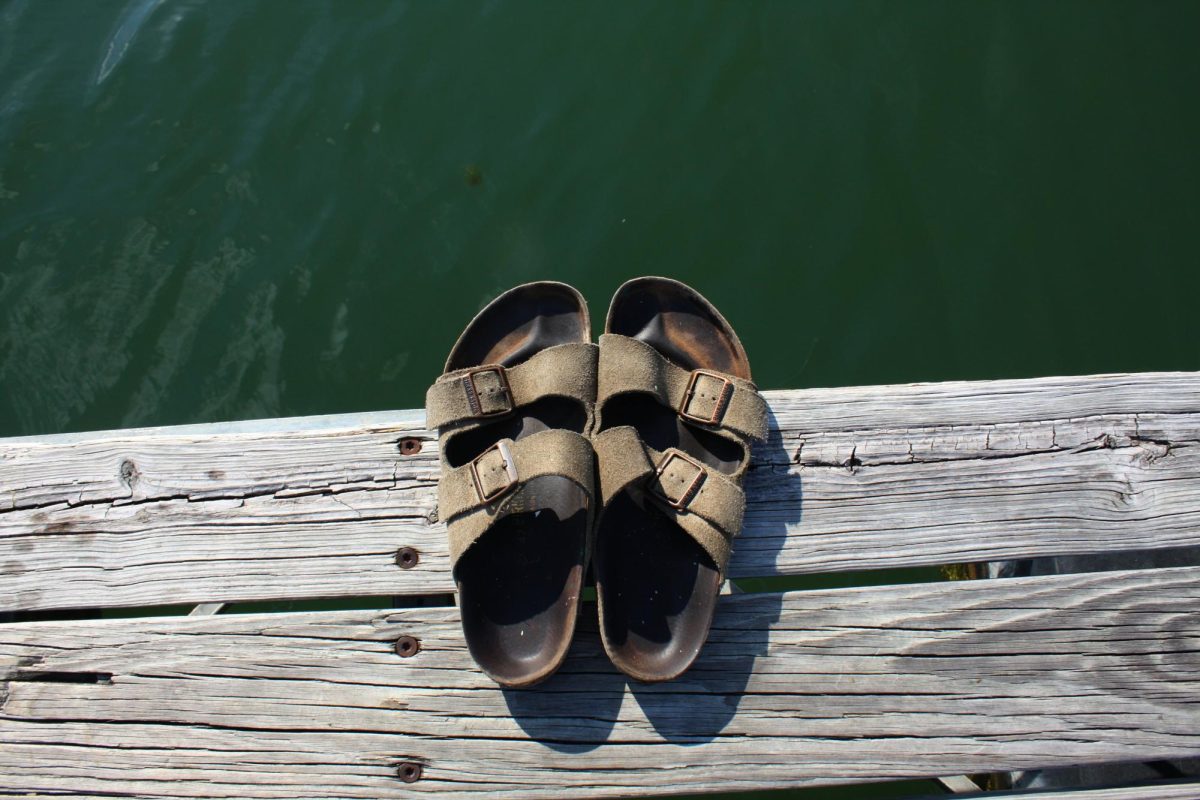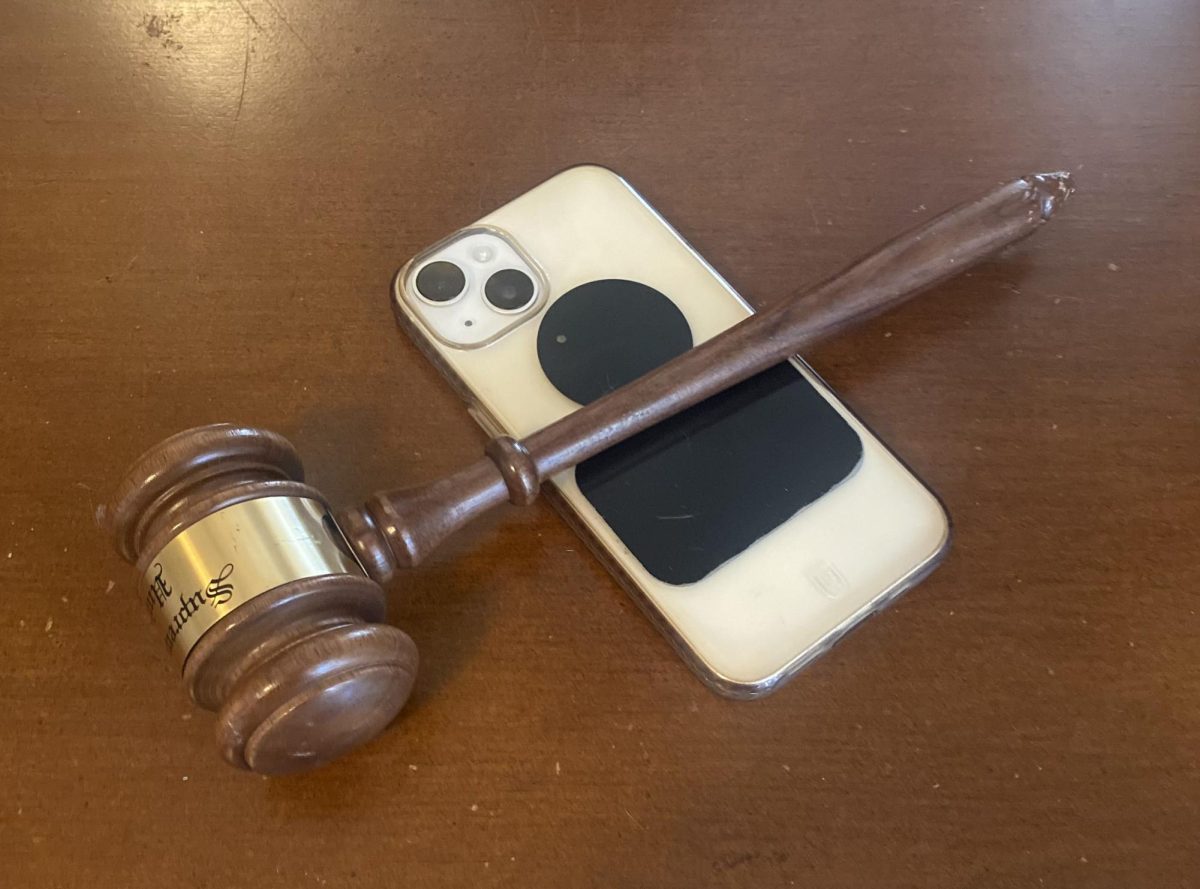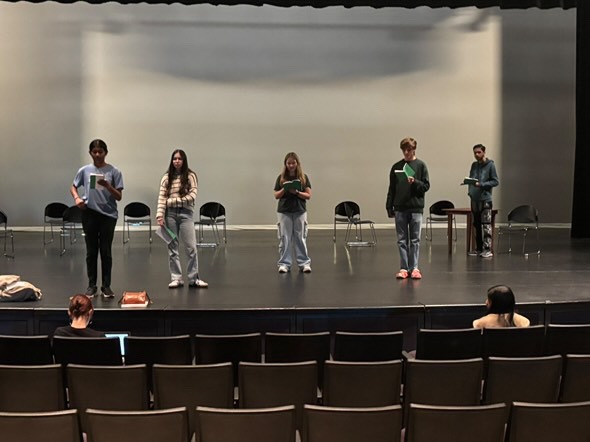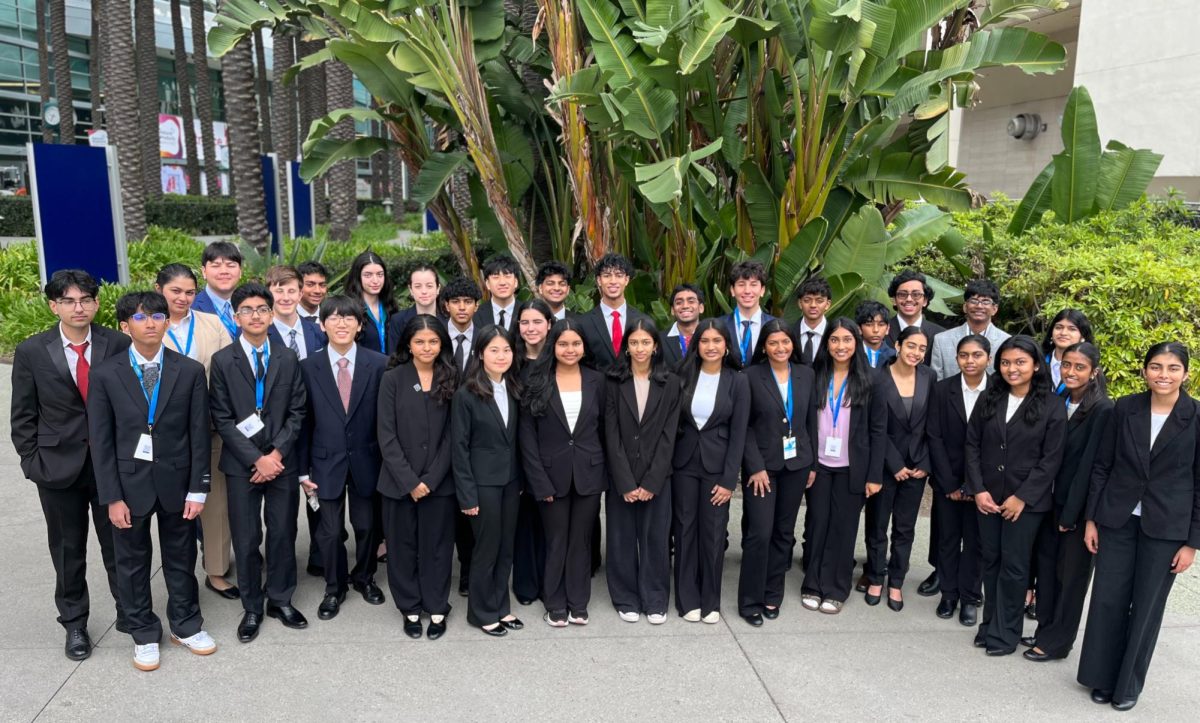Free the toes. Say goodbye to socks and sandals.
Fashion trend cycles move at a rapid pace, now faster than ever before. Beyond short-lived trends, we also see ones whose relevance evolves, spanning multiple timelines, able to withstand fluctuating and impressionable consumer bases.
Teenage demographics are most susceptible to these quick-transitioning trend cycles, with an unending struggle for social conformity and validation. A positive feedback loop offered by teenage conformity further propels the creation of trends.
Vans to Converse. Crocs to Yeezy Slides. Footwear trends, unique to generations, reflect a complexity of the consumer market. Their constant coming-and-goings, regardless of their narrow appeal exclusively to teenagers, shift broader consumer base and market supply-demand patterns. Despite such circumstances, Birkenstocks remain remarkably resilient, combatting society’s constant uplifting and diminishing of footwear popularizations.
Since the founding of Birkenstock, a German brand specializing in sandals with notable cork footbeds, in 1774, Birkenstock sandals have remained a closet staple across various generations. Birkenstock’s versatility has enabled their sandals to become a prominent consumer choice for all age ranges. However, their multigenerational relevance has evolved into a multitude of stylistic applications, individualized to age and generation categories.
Sandals have been worn traditionally in absence of socks. However, contrary to tradition, Generation Z has adopted a different approach to sandals, with socks and sandals becoming the new norm. Derived from choice and conformity, concerns have raised the question: “Should we let our dogs out?”
Leisure-wear dominates highschool fashion scenes across America, with a cross-campus prevalence for pajama pants and sandals. Wilcox is no different, with pajamas-and- sandals-wearing students roaming the quad everyday. Across variations in footwear, Yeezy slides, Birkenstock Bostons, and Birkenstock Arizonas remain the most popular preference among the Wilcox student body. Despite varying in brand and design, most sandal-bearing students share one similarity: socks with sandals.
Wilcox’s popularity for socks and sandals, a radical deviation away from previous barefoot social norms, raises questions about student fashion choices: Why the exclusivity to teenagers? Is this the result of social stigmas and peer pressure? Could this trend simply represent a youth rebellion and reinterpretation of outdated social norms? And most importantly, will this last forever or follow the fate of other microtrends?
In an interview with Katie Pham, a senior at Wilcox, she reveals an unspoken repression and fear for wearing her Birkenstocks without socks. “I rarely pull up to school with my toes out,” Katie says. “I don’t want people looking at my toes.” Katie often alternates between socks with sandals and the barefoot approach. “When I wear my toes out, there’s always someone that says something about them.” Katie’s experiences a common narrative among Wilcox students and America’s wider student demographics: feet and toes as a social taboo. For Katie and many students, in fear of peer perceptions, bare feet ultimately become a source of vulnerability, susceptible to judgment among a validation-seeking environment. “But, sometimes I don’t care, like why are you looking at my feet anyways.” Katie emphasizes an outlook continuing to wear Birkenstocks with bare feet, but below the surface, Katie wishes we could erase our generation’s irrational fear for toes.
Social conformity often derives from a socially constructed idea of correctness. In some sense, student pursuits for the socks-and-sandals approach comes from a belief that this is the correct way to wear sandals. However, this perception of correctness is different from the original Birkenstock intention.
Birkenstocks and their cork’s shapeshifting appeals are only really compatible with bare feet. Birkenstocks depend on the absorption of a foot’s natural oils and moisture to mold into a foot’s shape, contributing to its comfortability. For Birkenstocks, the perceived “correctness” of the socks and sandals misunderstands Birkenstock’s purpose and craftsmanship.
“I see more and more people becoming comfortable with themselves though,” Katie says, in respect to the growing population of Wilcox students “letting their dogs out.” As exposure to bare feet become more common and widely accepted, could sandals and bare feet become the norm again?







